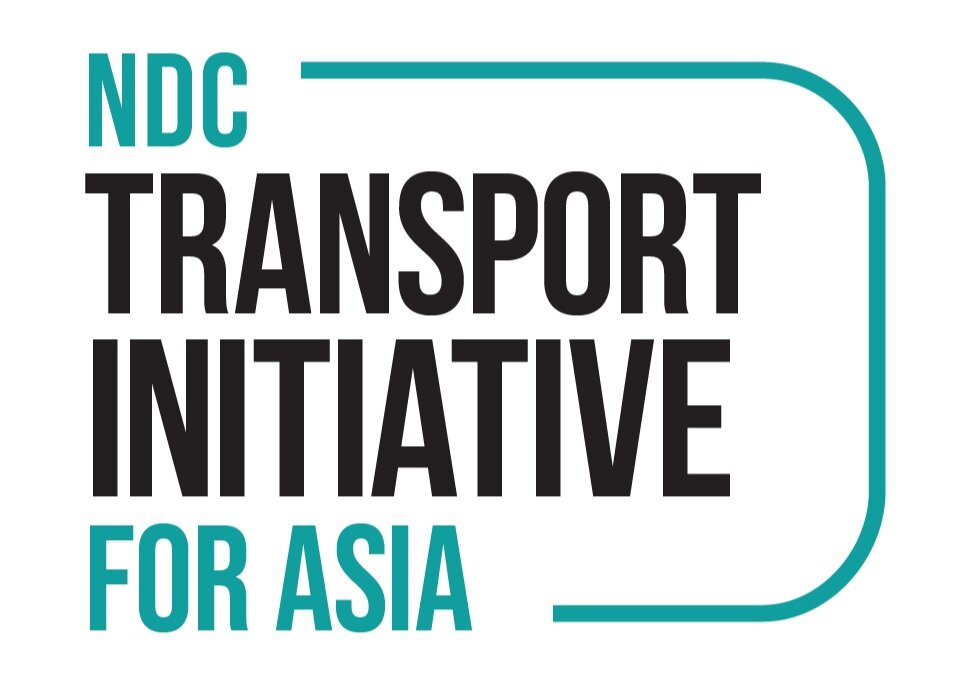BLOG: Summing up: What’s the potential for India to set a sectoral target for road transport CO2 emissions in its NDC?
Photo by ICCT
The seventh and final blog in a series focused on our meta-study of India’s road transport emissions analyses.
By specifying an emissions reduction target for road transport in its next NDC, India could come closer to aligning with the higher ambition that the IPCC has indicated is needed. This analysis indicates that it should be possible for India to lower its cumulative road transport CO2 emissions by almost 45%–50% between 2021 and 2050. A sectoral commitment of a similar order, at least 45% cumulative CO2 emissions reduction between 2021 and 2050 in comparison to BAU emissions during this period from the road transport sector, or bringing CO2 emissions to at least 25% below the 2020 level, should be made in the next NDC.
To view the full blog click here.

